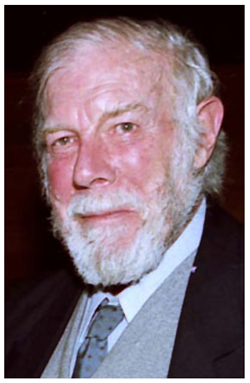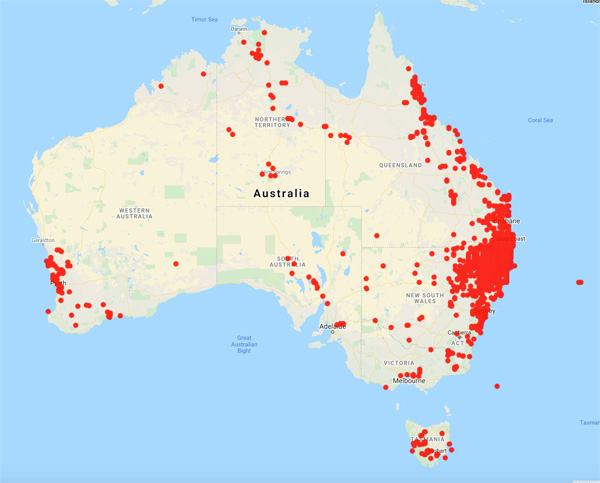
Council of Heads of Australasian Herbaria
Australian National Herbarium
Biographical Notes
 |
Council of Heads of Australasian Herbaria |
 Williams, John Beaumont (1932 - 2005)
Williams, John Beaumont (1932 - 2005)John Beaumont Williams was born in Sydney, NSW, on the 12th February 1932 and died at Armidale, NSW, on 31 July 2005.
John studied botany at the University of Sydney and graduated with B.Sc. (First Class Hons) in 1953. He was also awarded a G.S. Gaird Scholarship in 1953.
From 1953 to 1956 John demonstrated as a teaching fellow in Botany at the University of Sydney and commenced a Ph.D. in 1956, under the supervision of Dr. Noel C.W. Beadle. During this time he met and later married his fellow postgraduate student, Mary Beth Macdonald, on the 21st January 1956.
Following Noel Beadle’s move to take up the foundation Chair of Botany at the University of New England, in August 1957 John and Beth moved to Armidale, for John to take up a lectureship and complete his Ph.D. studies. His Ph.D. studies were halted by the infamous 1958 fire in the Belshaw Building that housed Botany, Zoology and Chemistry. The fire, which started in the basement, destroyed the original herbarium as well as the notes and work for John’s thesis (and several other peoples’ long-term work/theses)!
From then on, John concentrated on his teaching, fieldwork, collecting, and production of handbooks and plant lists for north-eastern NSW. John spent eight months on study leave at the Jodrell Laboratory (RBG Kew) in 1970 working on the systematic anatomy of Haemodoraceae, was promoted to Senior Lecturer in 1971, and spent two months in 1980 studying alpine vegetation and rainforest ecology of New Zealand. In 1983 he spent another four months at the Jodrell Laboratory.
During this time John took an active role in the planning for and management of the New England National Park, as member, secretary and chairman of the New England National Park Trust (1960–1977). He was also a member of the New England and Dorrigo National Park Advisory Committees (1978–1990). At the same time (1977–1990), he commenced a long period of involvement with UNE’s Continuing Education Ecofest Schools as leader/lecturer. Many of these schools were related to rainforest botany and ecology. John was, and still is, held in high regard throughout north-eastern NSW for his immense knowledge of the region’s flora, and his inspirational teaching of its identification, botany and ecology. He is also remembered for his contributions towards the conservation and reservation, in particular, of rainforest areas, especially around Terania Creek and the north coast littoral rainforests, and for his knowledge of eucalypts and work on Parsonsia.
John undertook extensive travels in Australia from 1975 to 1990, including visits to herbaria, universities and field collecting for the New England Herbarium (NE). His travels included Tasmania, Perth–Geraldton–Pemberton, Fraser Island, Atherton–Daintree, Townsville, Mt Isa, Darwin–Kakadu, Gippsland, eastern NSW. In northern NSW, John also worked on the western fall of the divide, including the Pilliga Scrub area and the semi-evergreen vine thickets of northern NSW. The New England Herbarium, now the N.C.W. Beadle Herbarium, holds over 73,000 specimens of vascular plants, nearly 11,500 of these (about 16%) were collected by John Williams. Ian Telford was then responsible for the incorporation of many of these and continued the work on John’s backlog of specimens.
From 1981 to 1990, John was the Armidale Chapter Convener of ASBS. In February 1993, he retired from Botany at UNE and was appointed a Fellow of the University in 1994. In retirement, John continued working actively on many of his projects in spite of his deteriorating health. In his final years he was actively contributing to the updated and more extensive version of the 1984 publication Rainforest Trees and Shrubs.
Source: Jeremy Bruhl, extracted from ASBS Newsletter No.124, Sept 2005
Portrait Photo: https://rainforests.net.au/the-authors/
Data from 14,976 specimens
